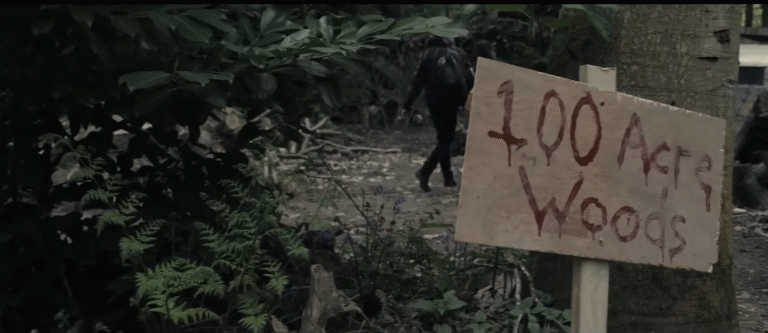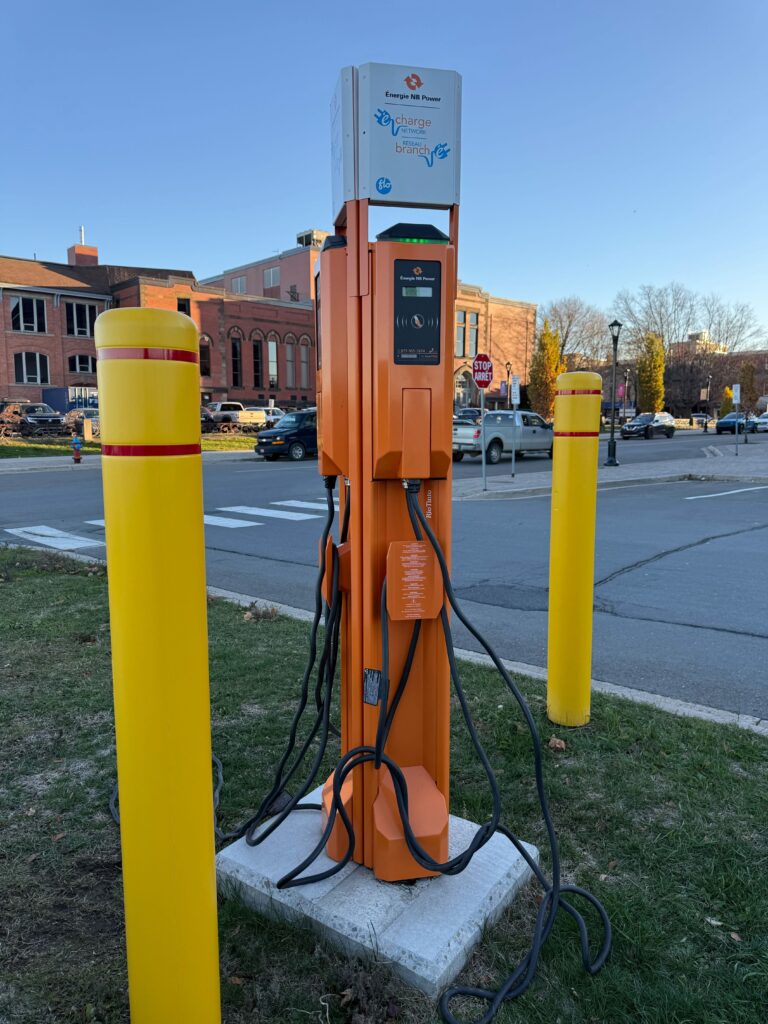“The current lot has no parking lines and experiences a large amount of pooling due to a lack of stormwater management system,” says van de Riet.
UNB Engineers Work Together to Redesign Point Wolfe Parking Lot in Fundy

Every year, UNB’s engineering students are challenged with showcasing their prototypes and designs at the Engineering Design Symposium. All engineering specializations are included at the event: chemical, civil, geological, electrical and computer, geodesy and geomatics, software, and technology and management entrepreneurship. At the end of the event, one winner is chosen per category.
The main goal of the event is to allow students to lend their classroom experience to the broader community.
The 2021 Civil Engineer winners were Alyssa Bernier, Kristen Burns, Kate deWinter, Megan Stone, and Alyssa van de Riet. They are currently developing a design for the Point Wolfe, Fundy parking lot by installing a new drainage system and water treatment system paired with permeable (porous) pavement and marine tiles.
“The current lot has no parking lines and experiences a large amount of pooling due to a lack of stormwater management system,” says van de Riet. “Our design will make this parking lot safer and a more accessible space for visitors by incorporating techniques we have learned in our courses.”
The five engineers are not aiming to simply upgrade the lot’s aesthetics, but rather, integrate environmentally innovative solutions to upper and lower sloped areas of the Point Wolfe area. Permeable pavements allow water to pass through concrete, filtering out pollutants in the process. By the time the water has reached the bottom – known as base flow – it’s been filtered and is now safe for the environment.
Point Wolfe’s upper slope will use permeable pavement and gravity to filter out dirty water, while the lower positioned pitch will use regular pavement and an underground oil/grit separator.
Underground oil/grit separators, also known as water quality inlets or oil/grit traps, are used as permanent control structures that remove hydrocarbons and sediments.
Oil/grit separators work by pumping contaminated water into an initial chamber (one out of three). This first chamber traps and contains sediments.
Sediments can cause water visibility to decrease, as well as temperature. Since fish are ectotherms, their environment affects their metabolism; therefore, reducing sedimentary loads within bodies of water is essential.
The second chamber is used to separate oil from water. The third chamber is where the water, which is again filtered, is released into the environment.
Kristen Burns incorporated a series of marine piles into the design to break waves. The wave breaking system minimizes the impact of waves hitting nearby rocks, stopping large rocks from creeping their way into the parking lot and greatly reducing the risk of coastal erosion.
Finally, UNB’s engineering students added netting around the embankment to reduce the amount of rock and debris that reaches the parking lot.
“We were all very drawn to this project,” says Burns. “We hope that if our design is implemented, it will have a positive impact on visitor experience at Point Wolfe Pool and encourage people to visit this destination spot.”
Keep in touch with our news & offers
Subscribe to Our Newsletter
Thank you for subscribing to the newsletter.
Oops. Something went wrong. Please try again later.







